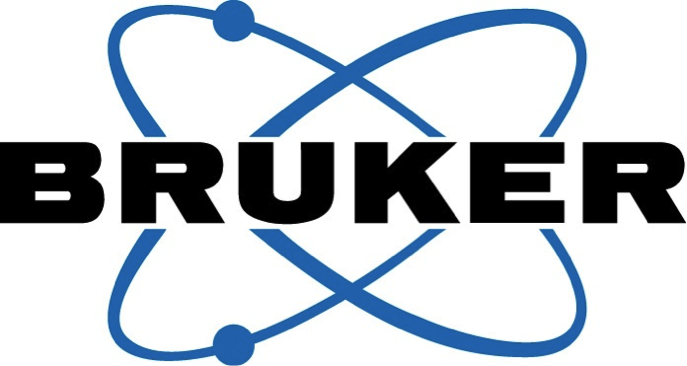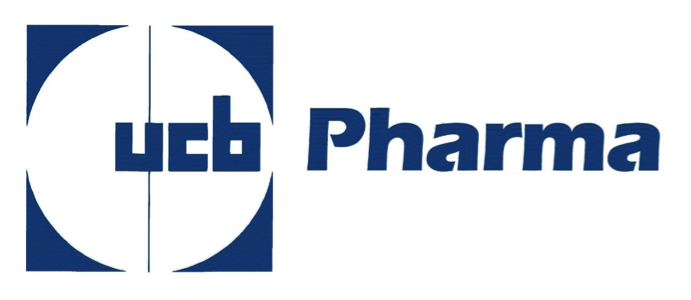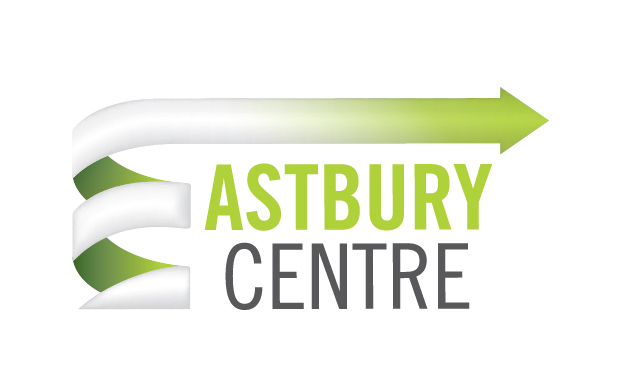Every two years the Astbury Conversation Symposium will enable the very best researchers at all career stages to discuss recent innovations, new techniques and technologies in the field of structural molecular biology.
To provide a focal point, and yet to allow for interaction across all areas of structural molecular biology, the symposium will be focused around the work of the Astbury Conversationalist, and the topic of their plenary talk. In 2016, the Conversationalist will be Professor Michael Levitt FRS, who will discuss “Birth and future of multiscale modelling of macromolecules” thus the title of the 2016 Symposium will be “Understanding Complex Macromolecular Systems from Sparse Data”.
The Astbury Conversation will become a biennial event for the field of structural molecular biology, promoting discussions of the latest innovations in the field, including the highlight plenary lecture, along with a public display of the emerging integrated technologies available for structural molecular biology research in the 21st century.
The Symposium
Monday 11 April 2pm - Tuesday 12 April 3pm 2016Talks
Presentations (invited + selected from submitted abstracts)
Lunch and posters
Cost: £29 without accommodation or £95 per delegate including accommodation. Note that attendance only at the Plenary lecture is free but does require registration to obtain an entrance ticket
Public engagement event
12 April 3pm - 5pm 2016This free public event will demonstrate the importance of structural molecular biology. Come along to our market place of interactive, hands-on activities and expect to see demonstrations from the various Astbury disciplines of chemistry, physics and biological sciences including:
‘From Dark Satanic Mills to DNA’ - When the actress Nicole Kidman recently won an award for her performance as the scientist Rosalind Franklin in the hit play ‘Photo 51‘ that opened in London in October 2015, much attention was deservedly given to the crucial but much overlooked role that Franklin played in one of the biggest scientific discoveries in history - the structure of DNA, the molecule of heredity. But as Dr. Kersten Hall, author of ‘The Man in the Monkeynut Coat: William Astbury and the Forgotten Road to the Double-Helix’ (Oxford University Press) will explain, Leeds has several unsung scientific pioneers of its own who also played an important role in this story - and it all began with the humble wool fibre.....
Protein Weaving - An interactive workshop which explores the structure and stability of proteins through the medium of weaving.
The Complex Life of Sugars - There’s a lot more to sugar than what you put in your tea. Every living cell is covered in a forest of complex carbohydrates that are important for enabling many biological processes from fertilisation to virus infection. The complex life of sugars exhibit will explain the many roles of sugars in biology.
Enzymes: Just the right shape - Ever wondered how enzymes do their job? Most enzymes function because of their particular shape at the nanoscale. At the Astbury Conversation you can see what happens when you change the shape of an enzyme.
Liquid crystals: the phase of life - Liquid crystals are a phase of material between solids and liquids. Typically made up of rod-like molecules, liquid crystals share the ordering properties of crystalline solids but are able to flow like a liquid. This unique combination of properties gives rise to a rich range of behaviour which life has exploited on many scales. Take for instance your DNA, it is liquid crystalline. Look at the cell membrane, it is liquid crystalline. Look at sider’s silk and reflective beetle shells, they are liquid crystalline. Liquid crystals are found everywhere in biological systems. Let us guide your through these systems, show you how they work and why they are so important in biology and technology.
Public Lecture followed by a wine reception
12 April 5pm - 7pm 2016
Professor Michael Levitt, FRS
Awarded the 2013 Nobel Prize in Chemistry for developing computational tools to dissect chemical reactions will be delivering a public lecture;
Birth and future of multiscale modelling of macromolecules
2013 Nobel Prize in Chemistry
The world around us is made up of atoms that are joined together to form molecules. During chemical reactions atoms change places and new molecules are formed. To accurately predict the course of the reactions at the sites where the reaction occurs advanced calculations based on quantum mechanics are required. For other parts of the molecules, it is possible to use the less complicated calculations of classical mechanics. In the 1970s, Martin Karplus, Michael Levitt, and Arieh Warshel successfully developed methods that combined quantum and classical mechanics to calculate the courses of chemical reactions using computers.
















